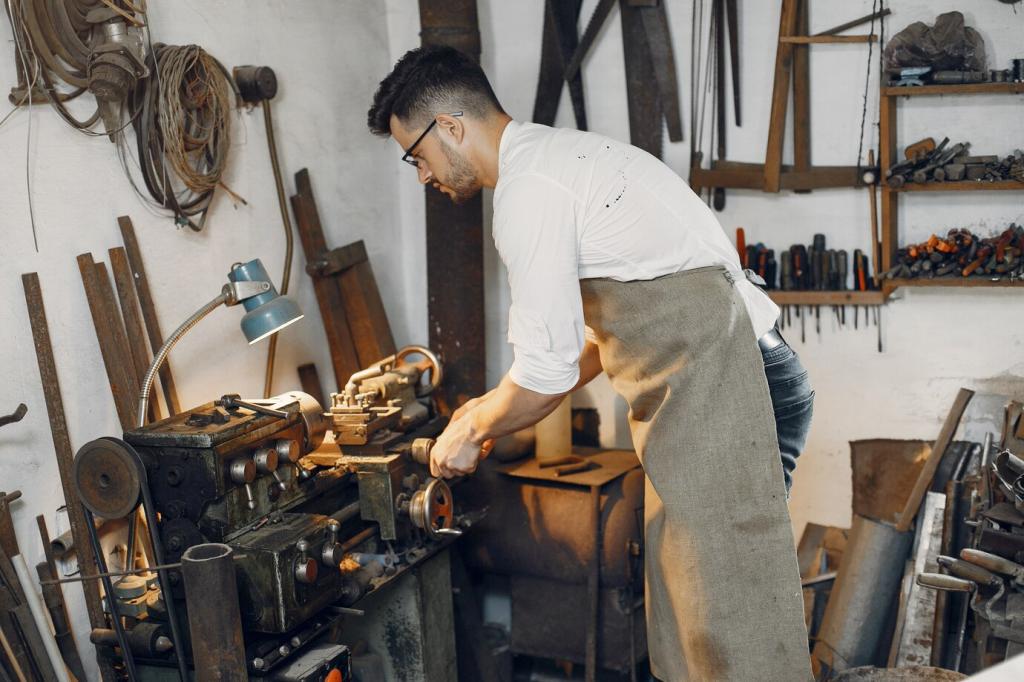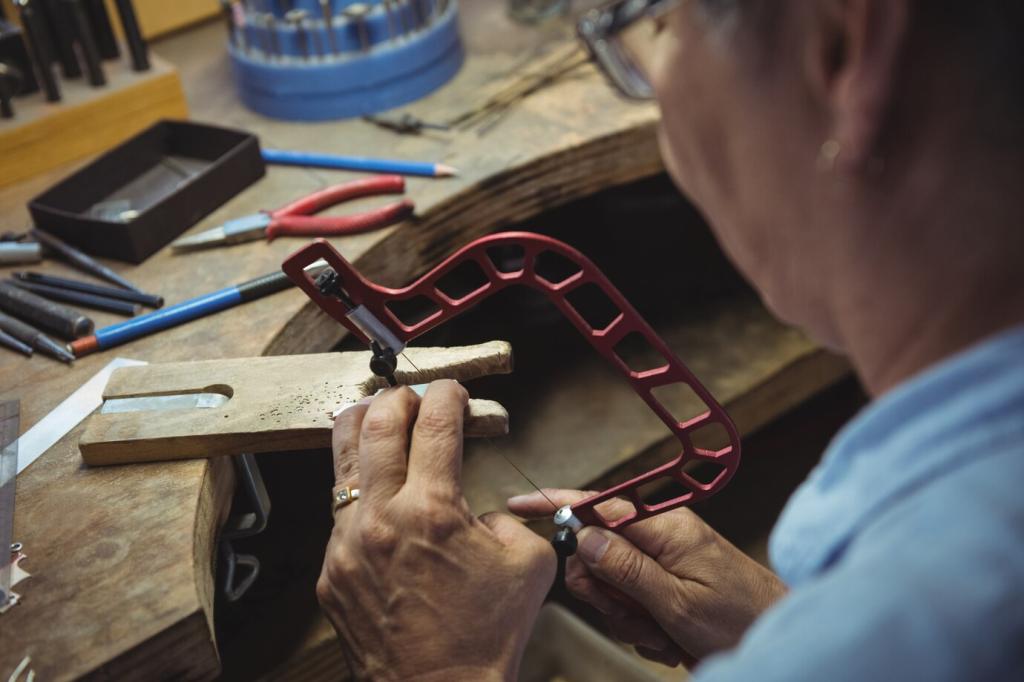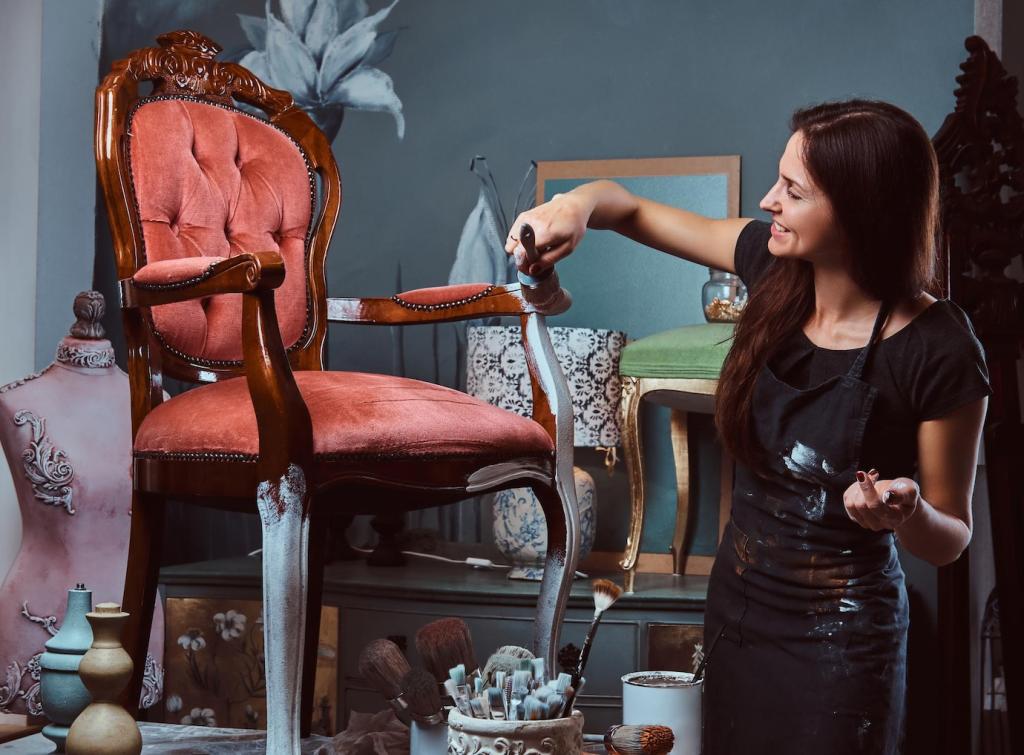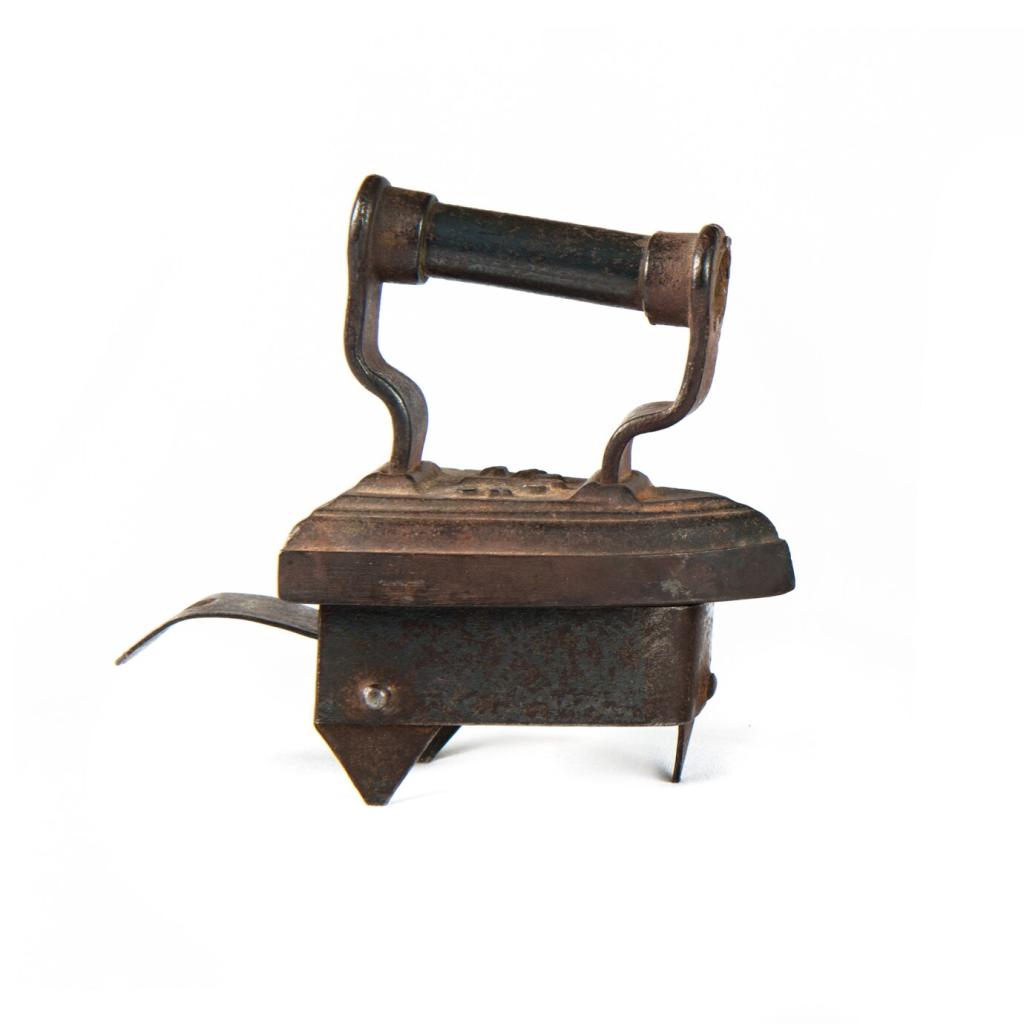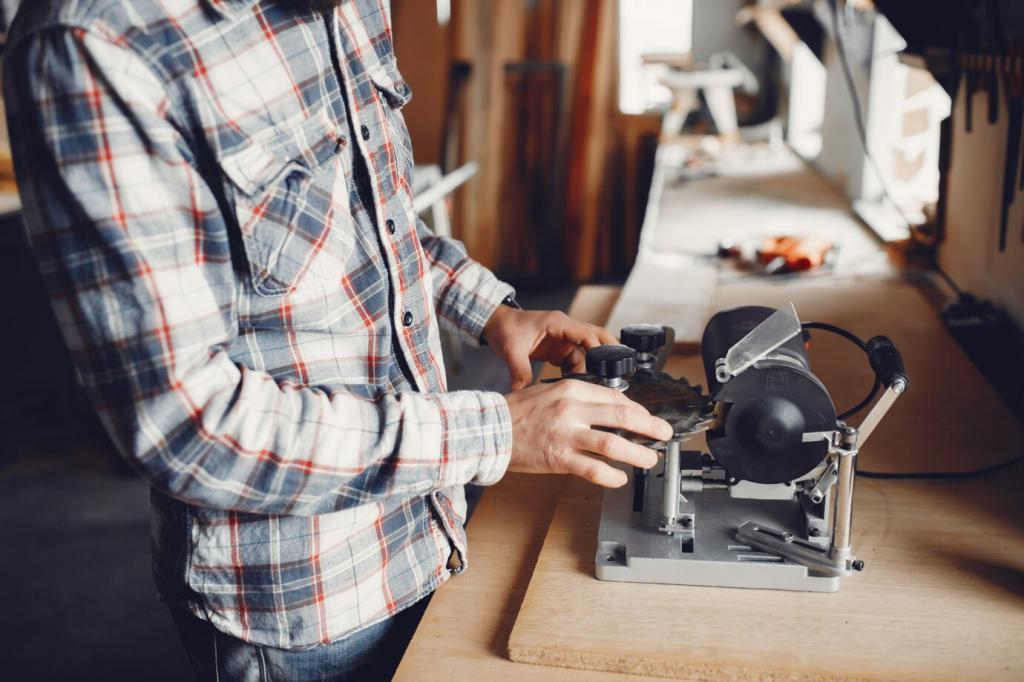Finishes, Patina, and the Beauty of Time
Shellac is alcohol-soluble and historically appropriate for many pieces. French polishing uses a soft pad and thin passes to revive gloss without heavy buildup. Practice on scraps first, and keep strokes gentle to avoid disturbing original color.
Finishes, Patina, and the Beauty of Time
Use reversible materials: alcohol-soluble dyes, wax fill sticks, and shellac-based spot repairs. Keep touch-ups small, color-matched, and documented. Gentle blending respects history while improving legibility, much like careful conservation on an old painting’s surface.

